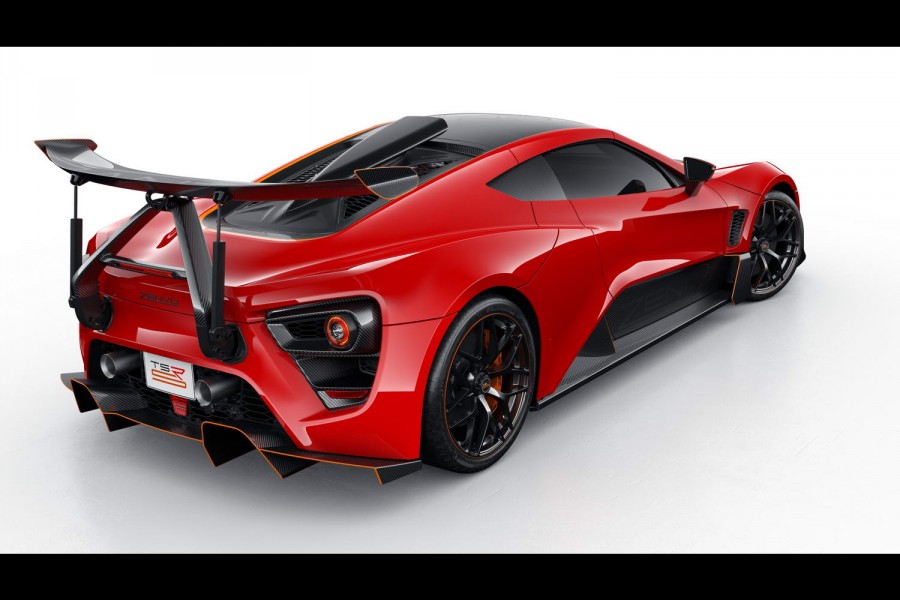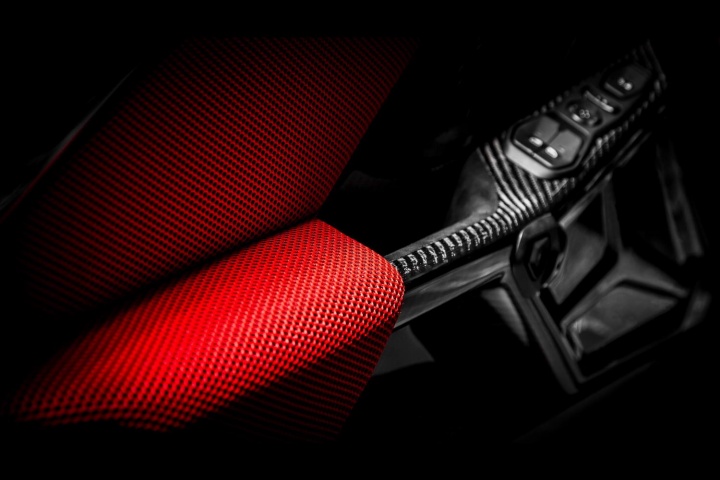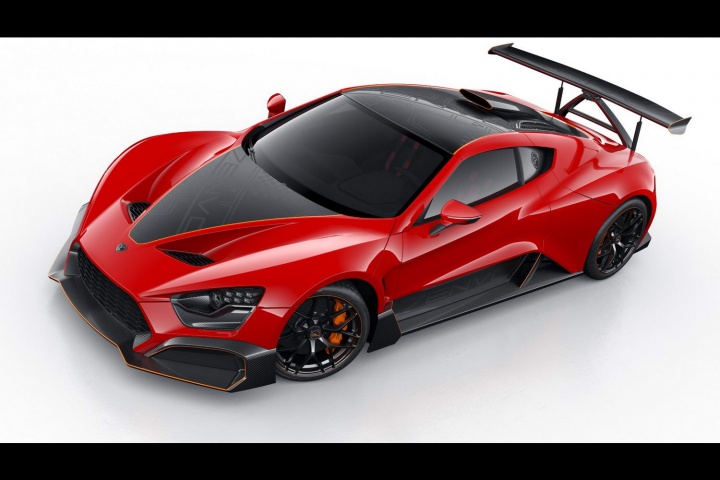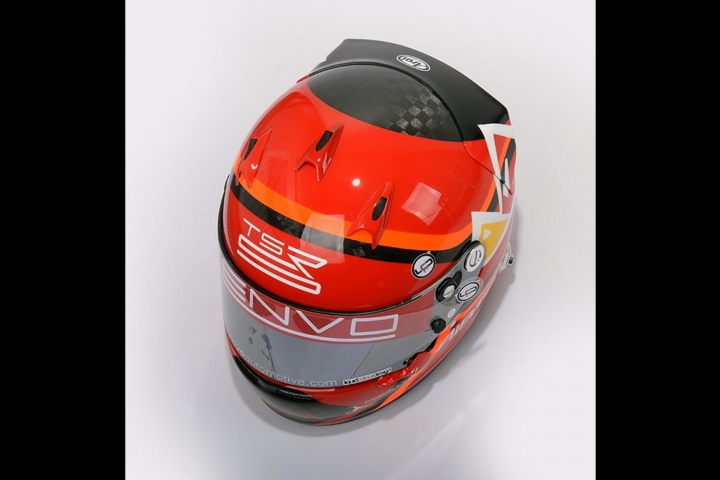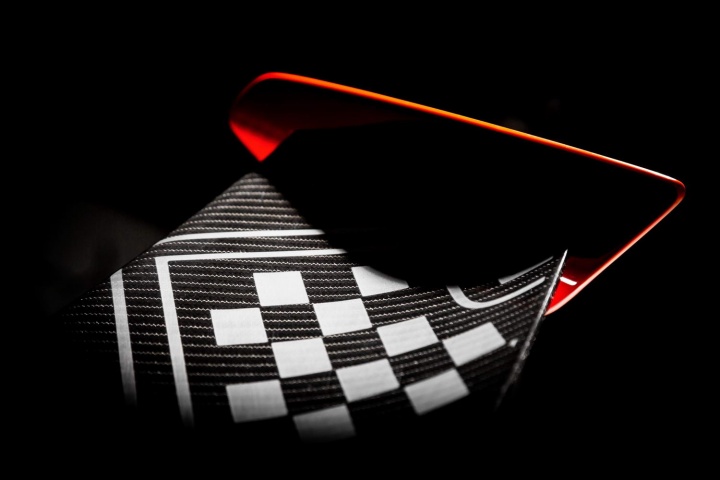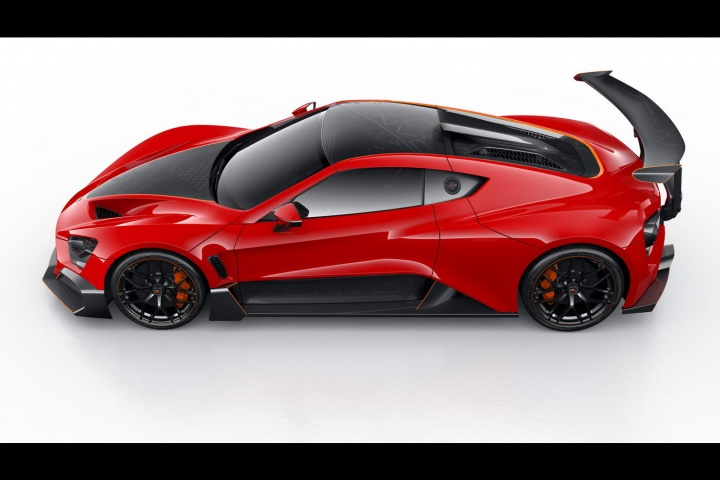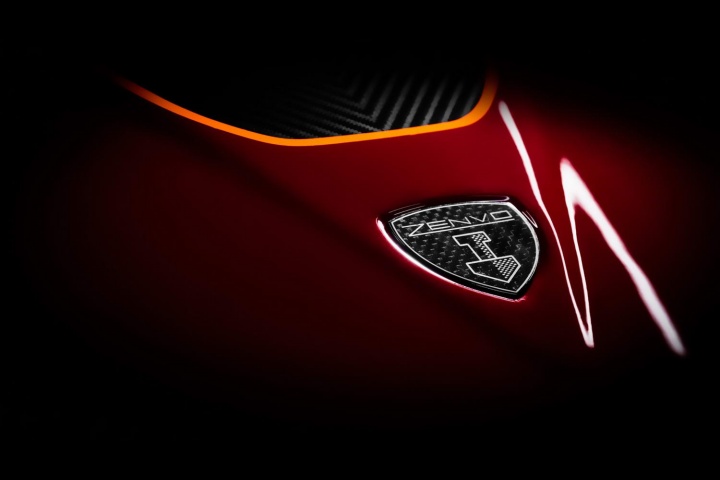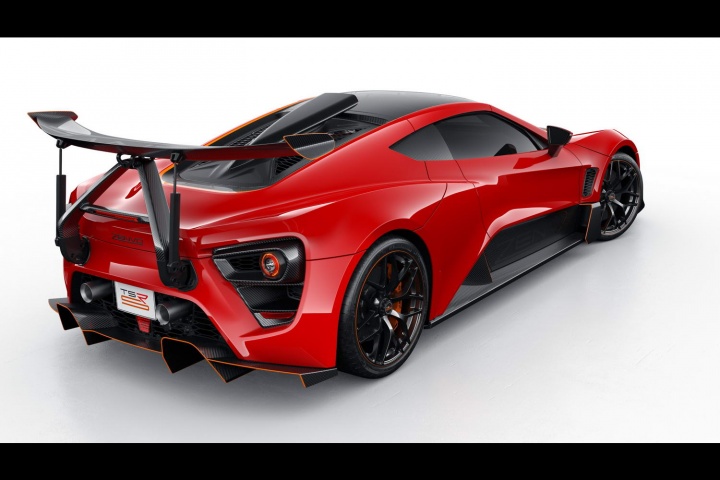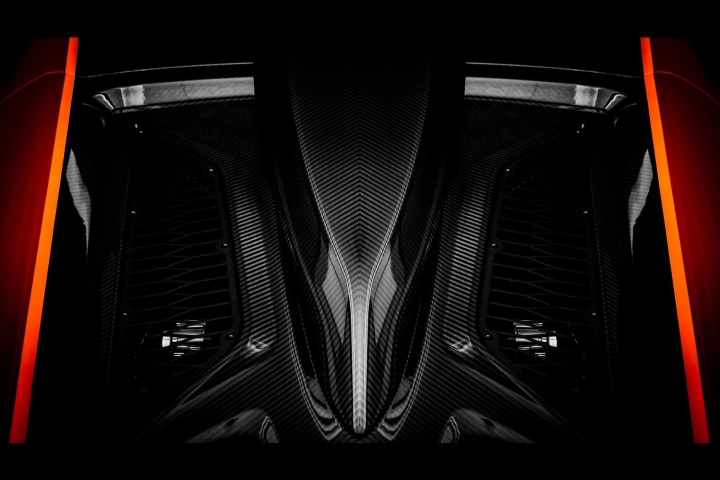What's the news?
Zenvo, the Danish-based supercar maker (yes, there is one), has revealed the TSR-S supercar with which it hopes to wow the crowds at the Geneva Motor Show. The TSR-S is now the middle-ground model between the existing TS road car and the TSR track day special. The TSR-S is designed to be (almost) as useable as the TS, but with most of the ferocious performance of the TSR and the TS1 GT car.
Ferocious is definitely the word, as this thing is packing a 5.8-litre, twin-supercharged V8 petrol engine (Zenvo's original engines were Corvette-based, but this one is said to be bespoke built in the US for Zenvo), which cranks out a whopping 1,177hp. Zenvo claims it will hit 0-100km/h in 2.8 seconds, and 200km/h from rest in just 6.8 seconds. The top speed is 325km/h.
Troels Vollertsen, Chief Technical Officer and founder of the company, explains: "In developing the TSR-S, the utmost dedication and ambition of our team has driven us to achieve unprecedented levels of aerodynamic engineering capability for a road-going car. By converging the individual performance characteristics of the exceptional TS1 GT hypercar with the savage TSR track car we have created the ultimate Zenvo. The TSR-S is a once-in-a-generation car with cutting-edge technologies that will define new boundaries in automotive engineering, and will rightfully place it in the very highest echelons of the hypercar world."
Exterior
To help keep all that power on the tarmac, the Zenvo deploys some trick aerodynamics, including a 'centripetal' rear wing. Centripetal force is the opposite to the better known centrifugal force - centrifugal tries to throw mass out and away from the direction of travel, while centripetal tries to throw mass inwards. Sort of.
Anyway, the rear wing rotates around the car's central axis to try and achieve just that - pointing, thanks to aerodynamic pressure, the Zenvo tighter into the corner. Vollertsen explains: "The Centripetal Wing is an exceptional development that allows for increased grip and higher cornering speed. Whereas most supercars only achieve optimum downforce in cornering at a certain speed, the multi-rotational function of the wing distributes downforce in an innovative way to deliver the optimum amount of cornering grip at any speed. Whilst lifting to boost downforce, the wing also tilts while cornering - for example, lifting the left side of the wing when cornering left and vice versa, to propel the car to the inside of the corner, ensuring exceptional stability and grip."
There are other aero tricks, including a front bumper that stabilises air flow around the wheels and directs air towards the intercoolers for the superchargers, and an air scoop inspired by Le Mans race cars.
Interior
Inside, the Zenvo mixes luxury with racing - the cabin is stripped out and features an eighties-style racing instrument display, and there's lots of black anodised trim, but "customers can specify any level of equipment they desire."
Mechanicals
Most of the Zenvo is made of carbon fibre or other composite materials, and there's a seven-speed paddle-shift gearbox to direct all that power to the rear wheels. Incidentally, you can turn the power down, to 700hp in the 'Minimum' engine setting, or let all the ponies stampede in 'Maximum.' There's also a middle 'IQ' setting, which tweaks the engine's output according to road conditions.
Anything else?
Peter Van Rooy, Zenvo Marketing Director, explains: "Like all of our cars, the Zenvo TSR-S is 100% Danish-designed and hand-built in an extremely limited number. Each car is fully customisable and built to order, tailored according to the precise specifications of the discerning client. As an example, small details may hint at the nationality of the owner, such as a subtle expression of their country's flag in designated locations in the cockpit, engine bay and the exterior graphic. We call it 'Patriotic Ownership', and it is reminiscent of heritage vehicles such as original Minis that carried British flag decals."

